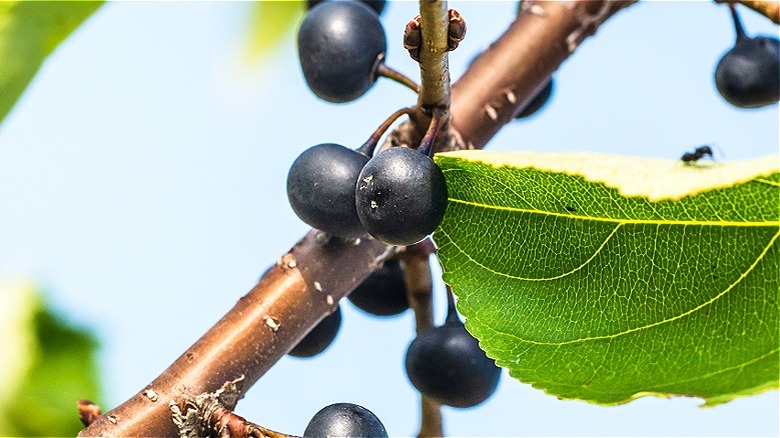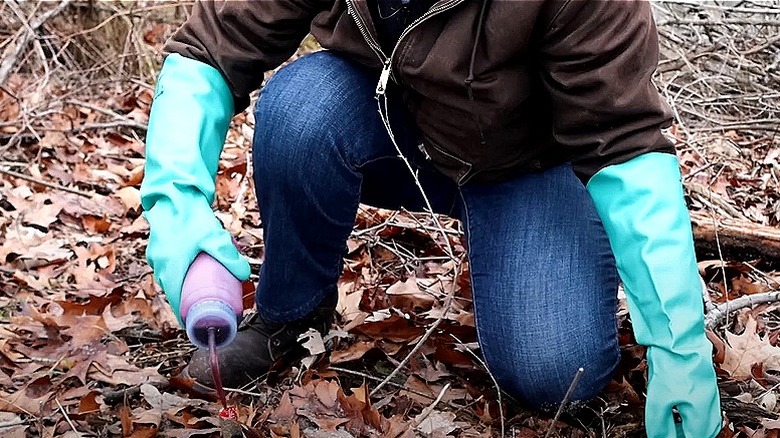Garden Trees, Shrubs & Vines
Sakshi Khaitan
Despite its original ornamental purpose, common (or European) buckthorn (Rhamnus cathartica) is an invasive weed gardeners should never grow. This tenacious fighter displaces native vegetation by blocking access to sunlight, nutrients, and water, gravely damaging the ecosystem in the process. It also attracts several pests, like soybean aphids and crown rust fungus. So, given its voracious growth and easy adaptability to various habitats, it’s necessary to stall the buckthorn shrub’s advance, lest it takes over your yard.
However, controlling invasive buckthorn’s advances isn’t straightforward. You must deploy management strategies over multiple years to completely root it out, as its seeds remain viable in the soil for two years, and birds may reintroduce their seeds as well. While mechanical methods, including manual pull-out, burning, and grazing, help remove smaller buckthorn plants, you must consider chemical treatment to rein in denser growth.
Recognizing invasive buckthorn

kakteen/Shutterstock
As some native plants, like hawthorn, black chokeberry, and American plum, can pass off as common buckthorn, it’s essential to first understand how to spot it. Unlike local vegetation that loses its leaves in late autumn, this resilient shrub retains its lush foliage, making it easily identifiable. Another distinguishing feature of buckthorn is its “buck hoof print,” encompassing a thorn between two terminal buds. Moreover, when cut, its branches give way to pinkish-orange heartwood and yellow sapwood, further easing its detection.
Other telltale signs include a grayish-brown bark that darkens as the plant matures. It grows egg-shaped, glossy, green leaves with around three to five veins, ending in toothed margins. Further, it develops yellow or green-tinted four-petaled flower clusters at the leaf’s base, which hold shiny green berries that turn black (produced by the female plant) toward the end of summer or early fall. However, if you come across a plant growing five-petaled flowers, purplish berries, and leaves with eight to nine veins, know that it signals the presence of glossy buckthorn (Frangula alnus), another noxious weed.
Strategies for removing buckthorn

YouTube
After positively identifying invasive buckthorn on your property, take immediate action to eliminate the plant before it produces fruits. For plants that have taken root, manually pull out small shrubs ranging between ⅜ and 1 inch in diameter when the soil is moist. For slightly larger plants, dig them out using a shovel to remove the root system completely. If your yard happens to be more of a field, however, you could burn the area and encourage goat grazing to get rid of multiple small seedlings in one go. Though, if so, ensure limited soil disturbance, as it may promote seed germination.
To remove buckthorn plants with stems larger than 2 inches, cut their twigs with brush cutters or chain saws a few inches above the ground and cover their stump and root flare with black plastic for two years to prevent resprouting. You can alternatively treat the cut stump with an herbicide containing at least 20% glyphosate. Younger plants with under 6-inch-wide stems can also be chemically treated by applying a concentrated herbicide around their bark.



